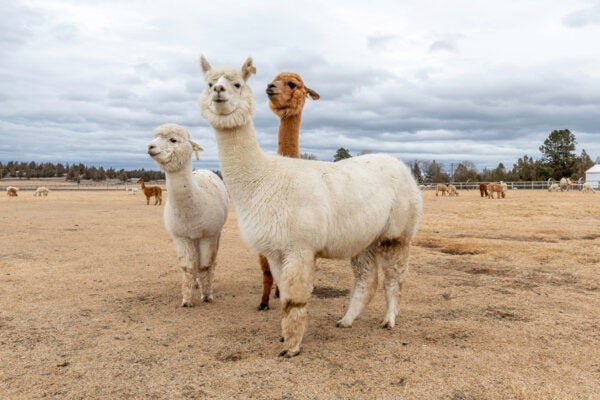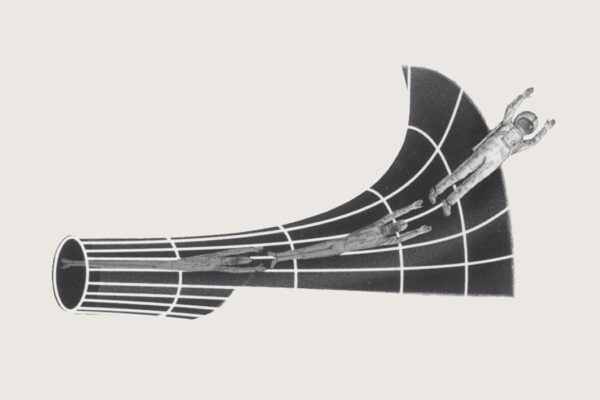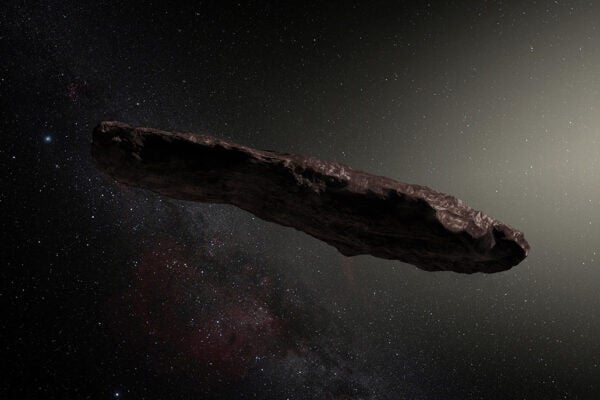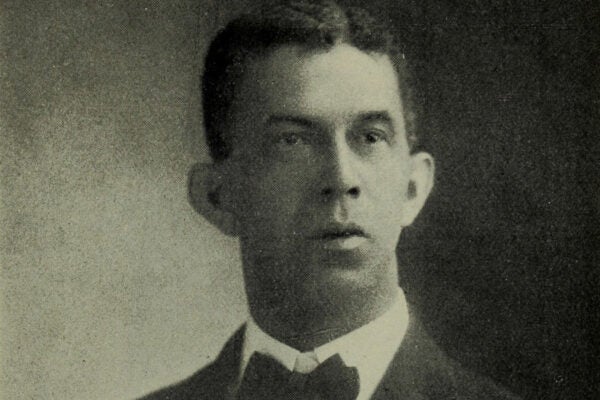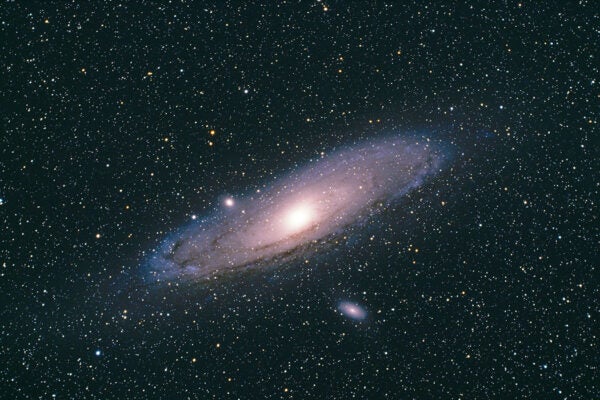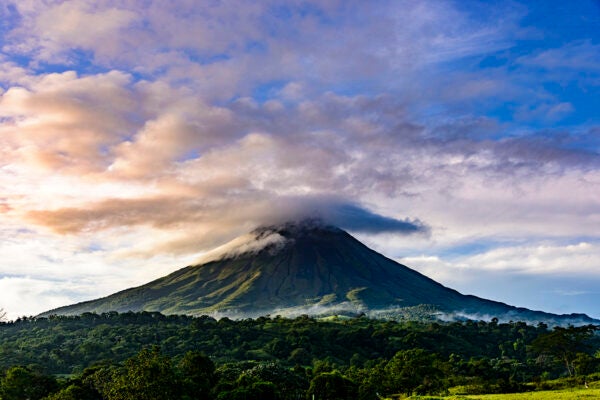NASA’s Search for Life on Mars
It’s a rocky road for its rovers, a long slog for scientists—and back on Earth, a battle of the budget.
“Spaghettification”: How Black Holes Stretch Objects into Oblivion
Want to avoid getting “spaghettified” by a black hole? Steer clear of the smaller ones.
Earth Isn’t the Only Planet With Seasons
But they can look wildly different on other worlds.
Why Interstellar Objects Like ʻOumuamua and Borisov May Hold Clues to Exoplanets
The detection of two celestial interlopers careening through our solar system has scientists eagerly anticipating more.
Two William McKinley Autopsies
The 1901 assassination of US President William McKinley at the Pan-American Exposition in Buffalo revealed the abysmal state of race relations in America.
Camellia sinensis: Labor and the Tea Plant
Consumed as tea around the world, Camellia sinensis raises questions about plantation labor practices and the environmental impact of monocultures.
100 Years after the “Great Debate”: How Edwin Hubble Expanded the Cosmos
In 1924, Edwin Hubble found proof that the Milky Way isn't the only galaxy in the Universe.
Astronomers Use AI to Shed Light on Dark Energy
A new measurement offers insights on the density of the mysterious force driving the Universe’s expansion.
Central American Volcanoes Offer Clues to Earth’s Geological Evolution
Along 1,100 kilometers, from Mexico to Costa Rica, lies the Central American volcanic arc, where the variety of magma types make for a geological paradise.
